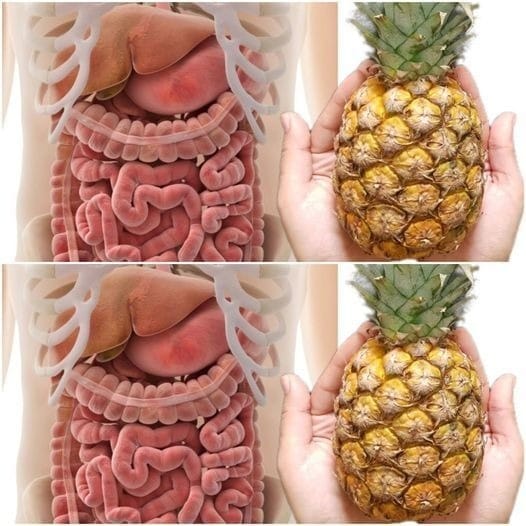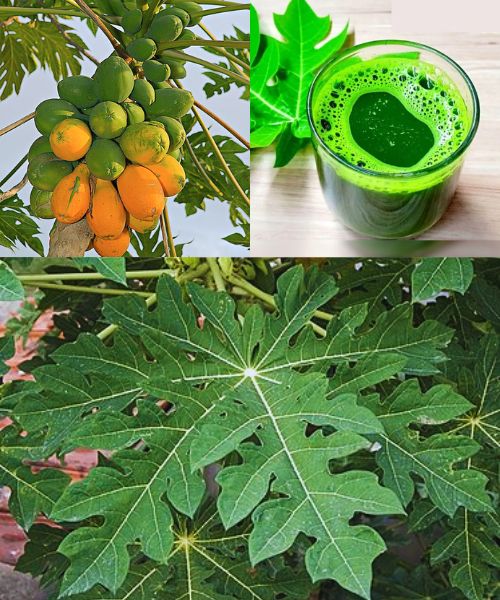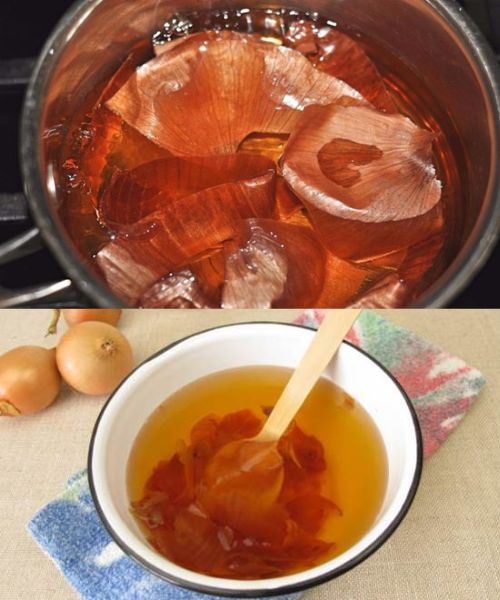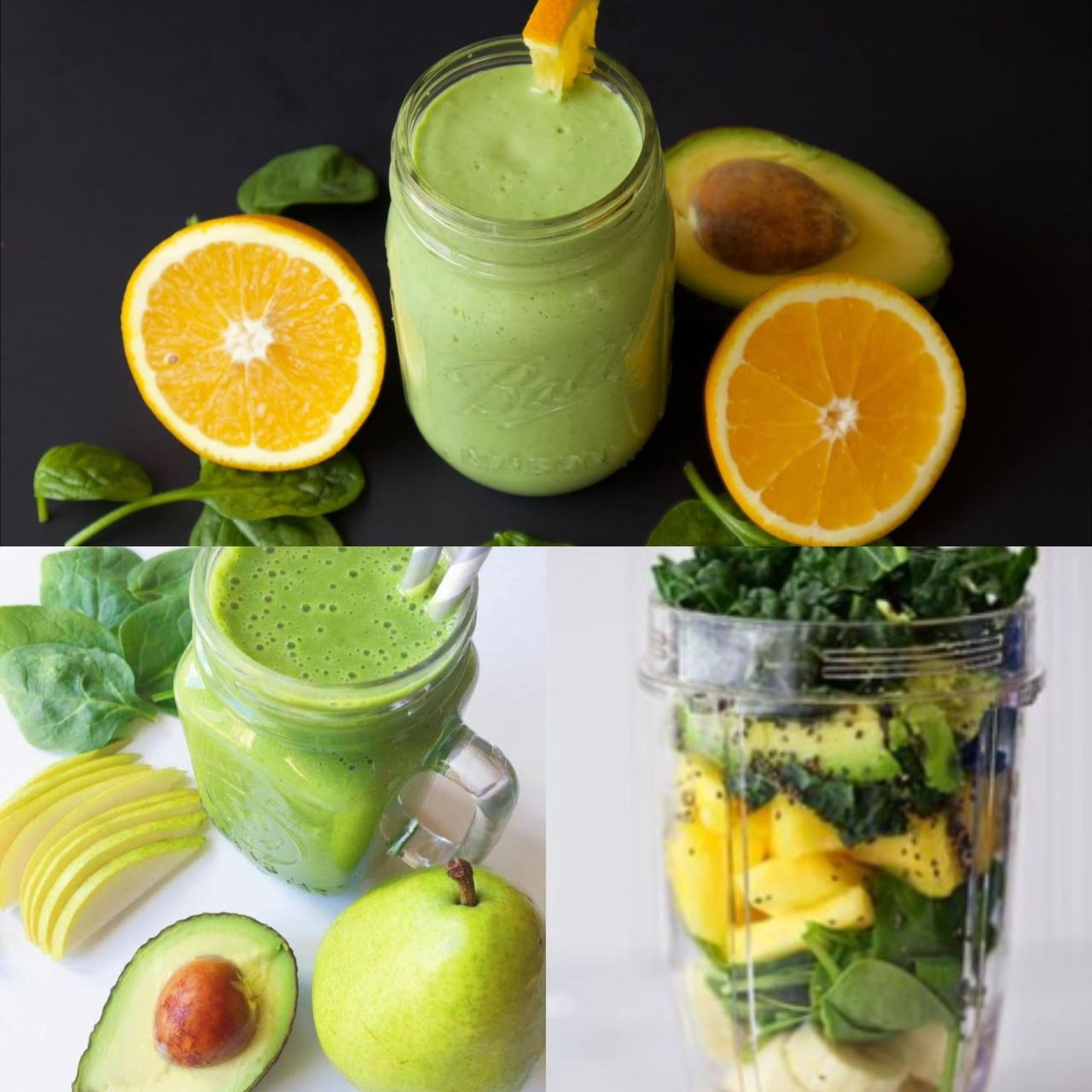12 Homemade Fertilizers for Plants That Are Easy to Find at Home
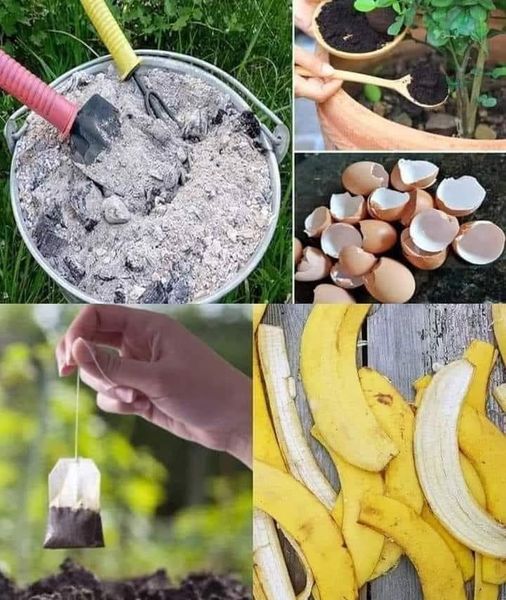
Gardening enthusiasts know that healthy, thriving plants require proper nutrition, and homemade fertilizers can be a cost-effective and eco-friendly way to provide essential nutrients. Instead of relying on commercial fertilizers, which can be expensive and contain synthetic chemicals, why not use what you already have at home? In this blog post, we’ll explore 12 easy-to-make homemade fertilizers using common household items. These natural solutions can help your garden flourish while being kind to the environment.
1. Banana Peel Fertilizer
Benefits: Rich in potassium and phosphorus, which promote blooming and root development.
Method:
- Prepare: Collect banana peels and chop them into small pieces.
- Soak: Place the peels in a jar and cover with water. Let them soak for 48 hours.
- Apply: Strain the water and use it to water your plants. You can also bury the peels directly in the soil.
2. Eggshell Fertilizer
Benefits: Provides calcium, which strengthens plant cell walls and prevents blossom end rot.
Method:
- Prepare: Rinse and dry eggshells.
- Crush: Crush the eggshells into fine powder.
- Apply: Sprinkle the powder around the base of your plants or mix it into the soil.
3. Coffee Grounds Fertilizer
Benefits: Adds nitrogen, promotes healthy foliage, and improves soil texture.
Method:
- Collect: Save used coffee grounds.
- Apply: Sprinkle the grounds around your plants or mix them into the soil. They can also be used as a compost ingredient.
4. Epsom Salt Fertilizer
Benefits: Contains magnesium and sulfur, which are crucial for plant growth and chlorophyll production.
Method:
- Mix: Dissolve 1 tablespoon of Epsom salt in 1 gallon of water.
- Apply: Use this solution to water your plants once a month.
5. Fish Tank Water Fertilizer
Benefits: Rich in nitrogen and beneficial bacteria that enhance soil fertility.
Method:
- Collect: Save the water from cleaning your fish tank.
- Apply: Use the fish tank water to irrigate your plants, as it provides a nutrient-rich boost.
6. Compost Tea Fertilizer
Benefits: A nutrient-rich liquid that boosts soil fertility and plant health.
Method:
- Prepare: Place a handful of compost in a bucket of water and let it steep for 24-48 hours.
- Strain: Strain the liquid and use it to water your plants.
7. Molasses Fertilizer
Benefits: Provides carbohydrates and supports beneficial microbes in the soil.
Method:
- Mix: Combine 2 tablespoons of molasses with 1 gallon of water.
- Apply: Use this mixture to water your plants.
8. Green Tea Fertilizer
Benefits: Contains antioxidants and nutrients that support plant growth.
Method:
- Brew: Brew a pot of green tea and let it cool.
- Apply: Use the cooled tea to water your plants.
9. Seaweed Fertilizer
Benefits: Rich in trace minerals, vitamins, and growth hormones.
Method:
- Collect: Gather fresh seaweed (ensure it’s from a clean, non-polluted area).
- Soak: Rinse and soak the seaweed in water for 1-2 weeks.
- Apply: Strain the liquid and use it to water your plants.
10. Bone Meal Fertilizer
Benefits: Provides phosphorus and calcium, promoting strong root development and blooming.
Method:
- Prepare: Collect and clean bone scraps (e.g., chicken bones).
- Grind: Grind the bones into a fine powder using a food processor or mortar and pestle.
- Apply: Sprinkle the powder around your plants or mix it into the soil.
11. Worm Castings Fertilizer
Benefits: Offers a rich source of nutrients and improves soil structure.
Method:
- Collect: Gather worm castings from your worm bin.
- Apply: Sprinkle the castings around your plants or mix them into the soil.
12. Rice Water Fertilizer
Benefits: Contains starch and nutrients that support plant growth.
Method:
- Collect: Save the water used to rinse rice.
- Apply: Use the rice water to irrigate your plants. You can also store it in the refrigerator for a few days.
Tips for Using Homemade Fertilizers
- Test First: Before applying any fertilizer extensively, test it on a small area or a few plants to ensure there are no adverse effects.
- Balance Nutrients: Use a combination of different homemade fertilizers to ensure your plants receive a balanced mix of nutrients.
- Avoid Overuse: Apply fertilizers in moderation to prevent over-fertilization, which can harm plants.
Final Thoughts
Homemade fertilizers offer an excellent way to nourish your plants while making use of everyday items you might otherwise throw away. These natural solutions not only promote healthy growth but also help you save money and reduce waste. Experiment with these recipes and find out which ones work best for your garden. Happy gardening!
Have you tried any homemade fertilizers or have other tips to share? Leave your comments or questions below. Here’s to growing a lush, thriving garden with the power of nature’s gifts!

